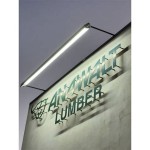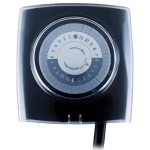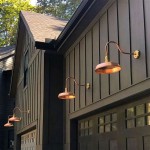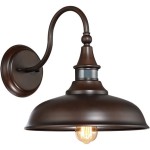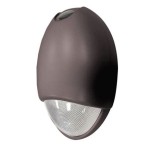Essential Aspects of Outdoor Pendant Lighting DIY
DIY outdoor pendant lighting can elevate your outdoor spaces, creating a stylish and functional atmosphere. To achieve a successful DIY project, it's essential to consider several key aspects that impact the effectiveness, aesthetics, and longevity of your lighting installation.
In this article, we will explore the essential aspects of outdoor pendant lighting DIY, providing valuable insights and guidance to help you successfully complete your project.
1. Material Selection
The materials you choose for your pendant light will significantly influence its durability, weather resistance, and overall appearance. Consider weather-resistant materials such as copper, stainless steel, or aluminum that can withstand outdoor conditions without rusting or corroding. For a rustic or coastal aesthetic, galvanized steel or reclaimed wood can be effective choices.
2. Fixture Size and Placement
The size and placement of your pendant light should complement the scale of your outdoor space. For smaller patios or balconies, a single pendant light may suffice. For larger areas, multiple pendant lights spaced evenly can provide optimal illumination. Consider the height of the pendant light to ensure proper clearance for movement and to prevent glare.
3. Light Source and Intensity
The light source you select for your pendant light will determine the intensity and color temperature of the light emitted. LED bulbs are energy-efficient and provide a long lifespan. Choose LED bulbs with a color temperature that matches the desired ambiance, whether warm, cool, or daylight.
4. Wiring and Electrical Requirements
Proper wiring and electrical connections are crucial for the safety and functionality of your pendant light. Ensure the wiring meets local electrical codes and is rated for outdoor use. Use an outdoor-rated electrical box and connect the wiring according to the manufacturer's instructions. Hire a qualified electrician for any complex electrical work.
5. Weather Protection
Outdoor lighting fixtures must be weather-resistant to withstand rain, snow, and wind. Look for fixtures with a high IP rating, which indicates their level of protection against dust and water ingress. Additionally, install weather-resistant gaskets or seals around any seams or joints to prevent moisture from penetrating the fixture.
6. Design and Aesthetics
The design of your pendant light should complement the style of your outdoor space. Choose a pendant light that reflects your personal taste and matches the existing décor. Consider the shape, finish, and texture of the light to create a cohesive and visually appealing outdoor environment.
7. Maintenance and Safety
Regular maintenance is essential to keep your outdoor pendant light in optimal condition. Periodically clean the fixture to remove dirt and debris. Inspect the wiring and connections to ensure they are secure. If any damage or deterioration occurs, replace the fixture or consult a qualified electrician.
Conclusion
By considering these essential aspects of outdoor pendant lighting DIY, you can create a stylish and functional outdoor lighting system that enhances the ambiance and safety of your space. With careful planning, material selection, and attention to detail, you can achieve a successful DIY project that adds value and enjoyment to your outdoor living areas.

21 Creative Diy Lighting Ideas Outdoor Backyard Pendant Light

7 Diy Outdoor Lighting Ideas To Illuminate Your Summer Nights Photos Huffpost Life

Tin Can Diy Outdoor Lighting Tutorial You Do This The Heathered Nest

15 Easy Diy Outdoor Lighting Ideas Home Sweet Homes

Tin Can Diy Outdoor Lighting Tutorial You Do This The Heathered Nest

40 Fun Outdoor Lighting Ideas Chandelier Diy Decor

Diy Outdoor Lights Simple And Easy Ideas For Homes Craftionary

Diy Outdoor Pendant Lights Stuff Co

Diy Tin Can Outdoor Pendant Lighting Chandelier Tutorial 27 Funky Junk Interiors

Tin Can Diy Outdoor Lighting Tutorial You Do This Industrial Pendant
Related Posts

